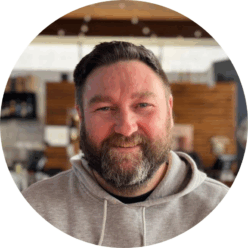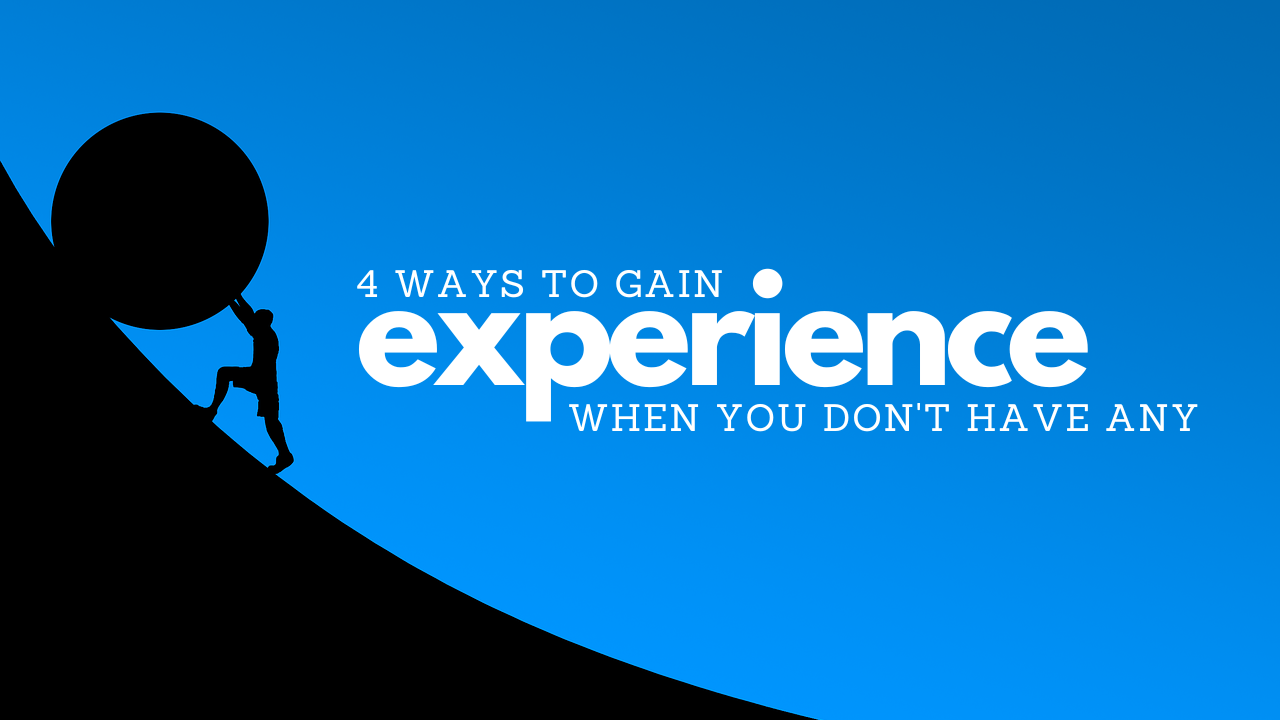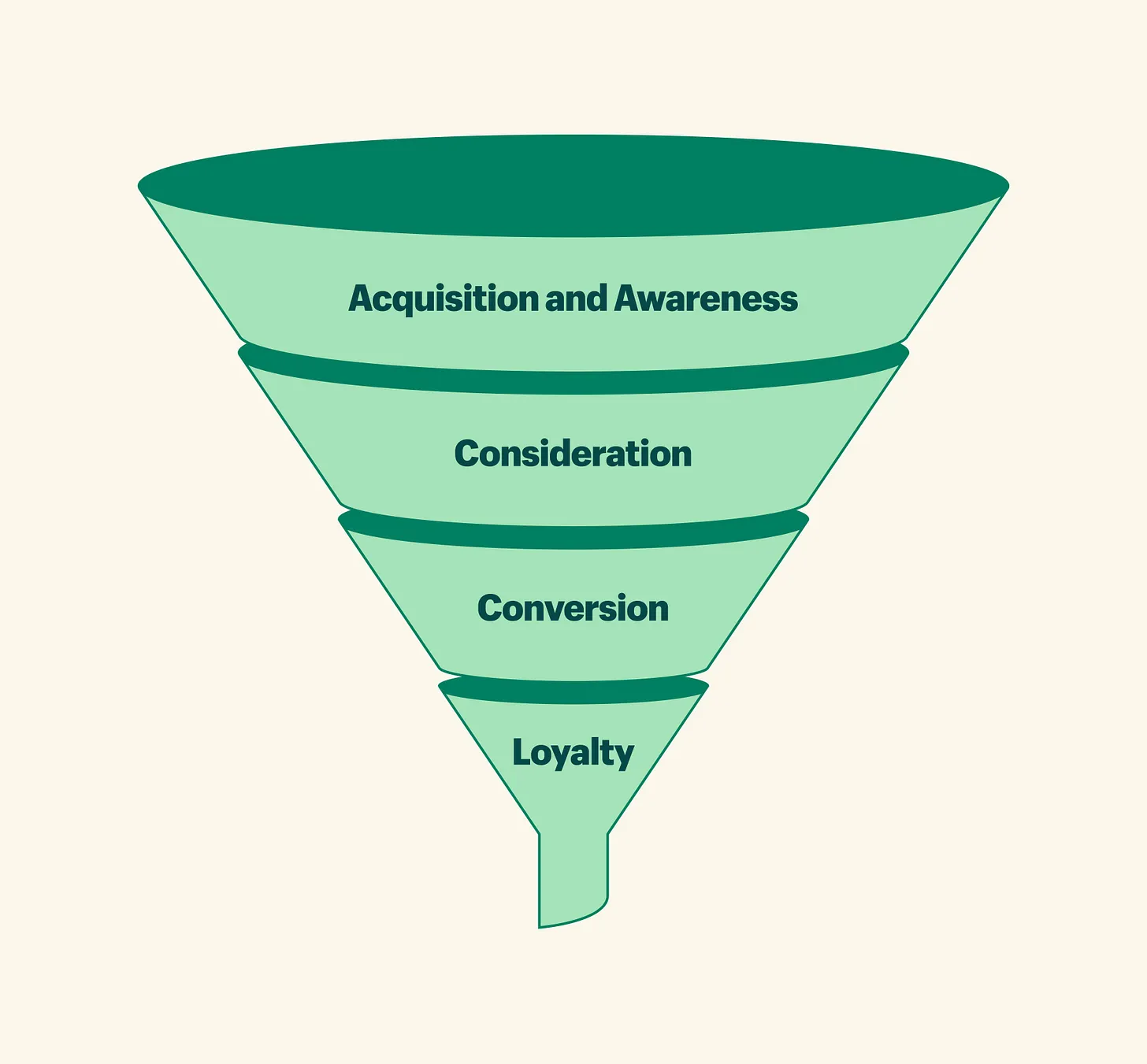There’s this meme out there which goes something like – “entry-level position, applicants must have 10 … 4 ways to gain experience (that work)Read more
Marketing
The Marketing Funnel
Recently I’ve been thinking about and giving advice to a bunch of friends, colleagues and ex-colleagues … The Marketing FunnelRead more


